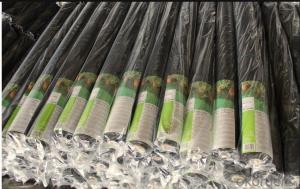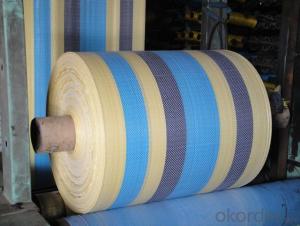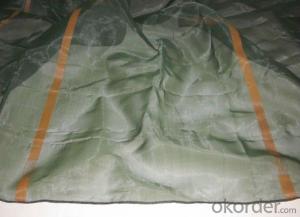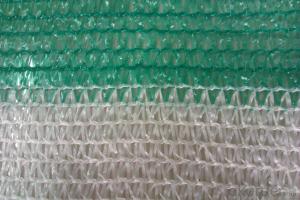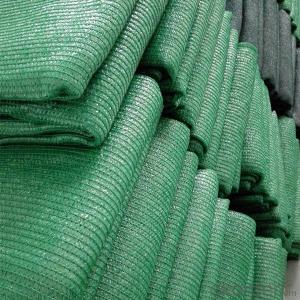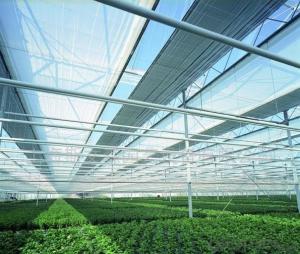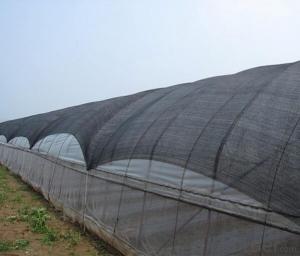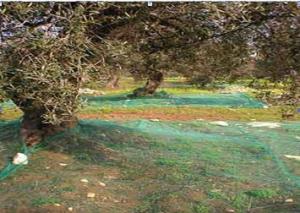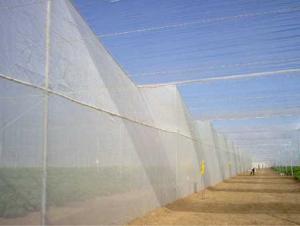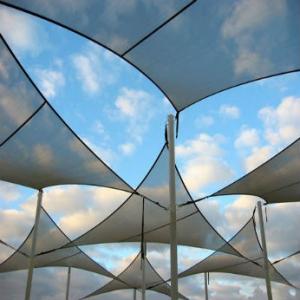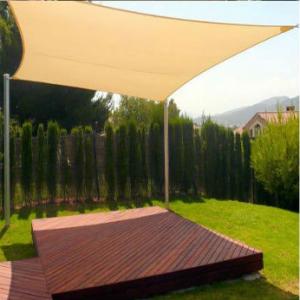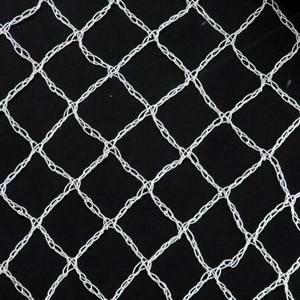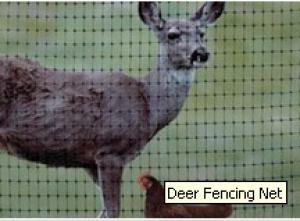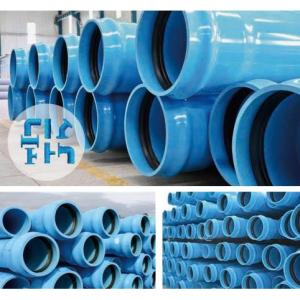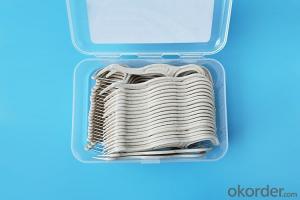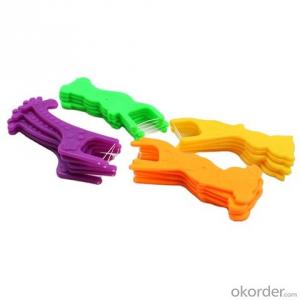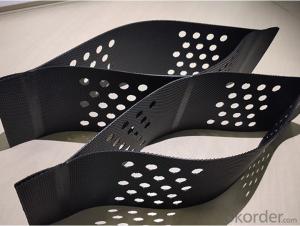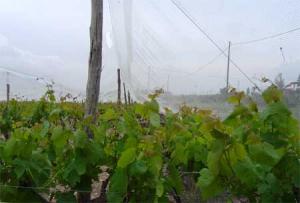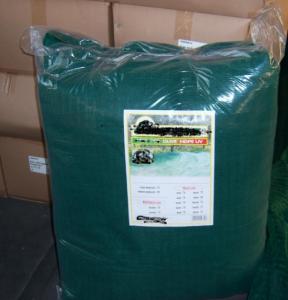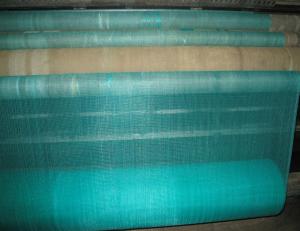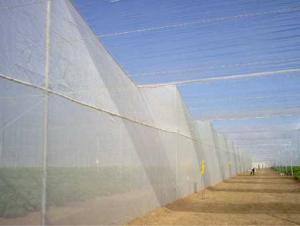Coverground Weed-control and keep soil moist, ventilation
- Loading Port:
- China main port
- Payment Terms:
- TT OR LC
- Min Order Qty:
- 50000 m²
- Supply Capability:
- 20000000 m²/month
OKorder Service Pledge
OKorder Financial Service
You Might Also Like
1. Strong and Durable, anti-corruption.
2. Air-ventilation , UV-protection and anti-weather.
3. Weed-control and keep soil moist, ventilation.
4. Long serving time, which can give 5-8 year guarantee time.
5. Suitable for cultivating all kinds of plant.
Product Description:
1. Material: PP, virgin material or recycled material.
2. Weight: 63gsm-200gsm
3. Width: 30cm-500cm
4. Length: As per ur request.
5. Color: Black with green/white grid,or any color is
available.
6. Tearing strength: From 0.5 to 2.2kN
7. Mesh: 8*8,9*9,10*10, 11*11,12*12,13*13,14*14
8. UV stabilized: Up to your request.
9. Packing: In rolls (25m,50m,100m,200m,500m,
1000m,2000m) or pieces.
10. Quantity:12ton/20',25ton/40'
11. Delivery time: 25-35 days.Function:
12. Payment Term: L/C, T/T(30% of total amount deposit
and 70%).
13. MOQ:1X20'
- Q:How do plastic nets affect light penetration?
- Plastic nets can significantly reduce light penetration due to their opaque or semi-opaque nature. The net's mesh structure blocks a portion of the light, causing shadows and diminishing the overall amount of light that can pass through. This reduced light penetration can have both positive and negative impacts, depending on the intended purpose. For instance, in agriculture, plastic nets can be used to provide shade and protect crops from excessive sunlight, whereas in aquatic environments, they may hinder photosynthesis and affect the growth of underwater plants and organisms.
- Q:Are plastic nets safe for aquatic environments?
- Plastic nets can pose a threat to aquatic environments as they can entangle marine life, causing injury or even death. Additionally, plastic nets can also contribute to pollution as they break down into microplastics, which can be ingested by marine organisms, further harming the ecosystem. Therefore, it is crucial to explore alternative, more sustainable options to protect aquatic environments.
- Q:Can plastic nets be used for creating drying racks?
- Yes, plastic nets can be used for creating drying racks. They are lightweight, durable, and have enough space between the netting to allow air circulation, which is essential for drying items effectively.
- Q:How do plastic nets affect the environment?
- Plastic nets have a significant negative impact on the environment. When they are discarded or lost in the ocean, they can entangle marine animals, causing injuries, suffocation, or even death. These nets also contribute to the accumulation of plastic waste in the oceans, as they do not biodegrade and can persist for hundreds of years. This leads to the pollution of marine ecosystems and the ingestion of microplastics by marine organisms, ultimately affecting the entire food chain. Additionally, plastic nets can also harm terrestrial animals and ecosystems when they are washed ashore or improperly disposed of on land.
- Q:How are plastic nets used in sports?
- Plastic nets are commonly used in sports to serve various purposes such as containing or catching balls during play, creating boundaries on courts or fields, and providing support or structure for equipment like goals or basketball hoops.
- Q:Can plastic nets be used for animal enclosures?
- Yes, plastic nets can be used for animal enclosures. They provide a lightweight, durable, and cost-effective solution for creating enclosures that can keep animals safely contained while allowing for proper ventilation and visibility. Additionally, plastic nets are resistant to weather conditions and can be easily cleaned, making them a practical choice for animal enclosures in various settings.
- Q:How are plastic nets different from plastic netting materials?
- Plastic nets refer to the end product, which are the actual nets made from plastic materials. On the other hand, plastic netting materials are the raw materials used to create the nets, such as plastic threads or fibers.
- Q:What types of plastic are commonly used to make nets?
- The types of plastic commonly used to make nets are polyethylene (PE) and polypropylene (PP).
- Q:Are plastic nets biodegradable?
- No, plastic nets are not biodegradable.
- Q:Are plastic nets suitable for packaging automotive parts?
- Yes, plastic nets are suitable for packaging automotive parts. They provide sufficient protection and cushioning for delicate parts, allow for ventilation and visibility, and are lightweight and cost-effective for transportation and storage purposes.
1. Manufacturer Overview |
|
|---|---|
| Location | |
| Year Established | |
| Annual Output Value | |
| Main Markets | |
| Company Certifications | |
2. Manufacturer Certificates |
|
|---|---|
| a) Certification Name | |
| Range | |
| Reference | |
| Validity Period | |
3. Manufacturer Capability |
|
|---|---|
| a)Trade Capacity | |
| Nearest Port | |
| Export Percentage | |
| No.of Employees in Trade Department | |
| Language Spoken: | |
| b)Factory Information | |
| Factory Size: | |
| No. of Production Lines | |
| Contract Manufacturing | |
| Product Price Range | |
Send your message to us
Coverground Weed-control and keep soil moist, ventilation
- Loading Port:
- China main port
- Payment Terms:
- TT OR LC
- Min Order Qty:
- 50000 m²
- Supply Capability:
- 20000000 m²/month
OKorder Service Pledge
OKorder Financial Service
Similar products
New products
Hot products
Related keywords
